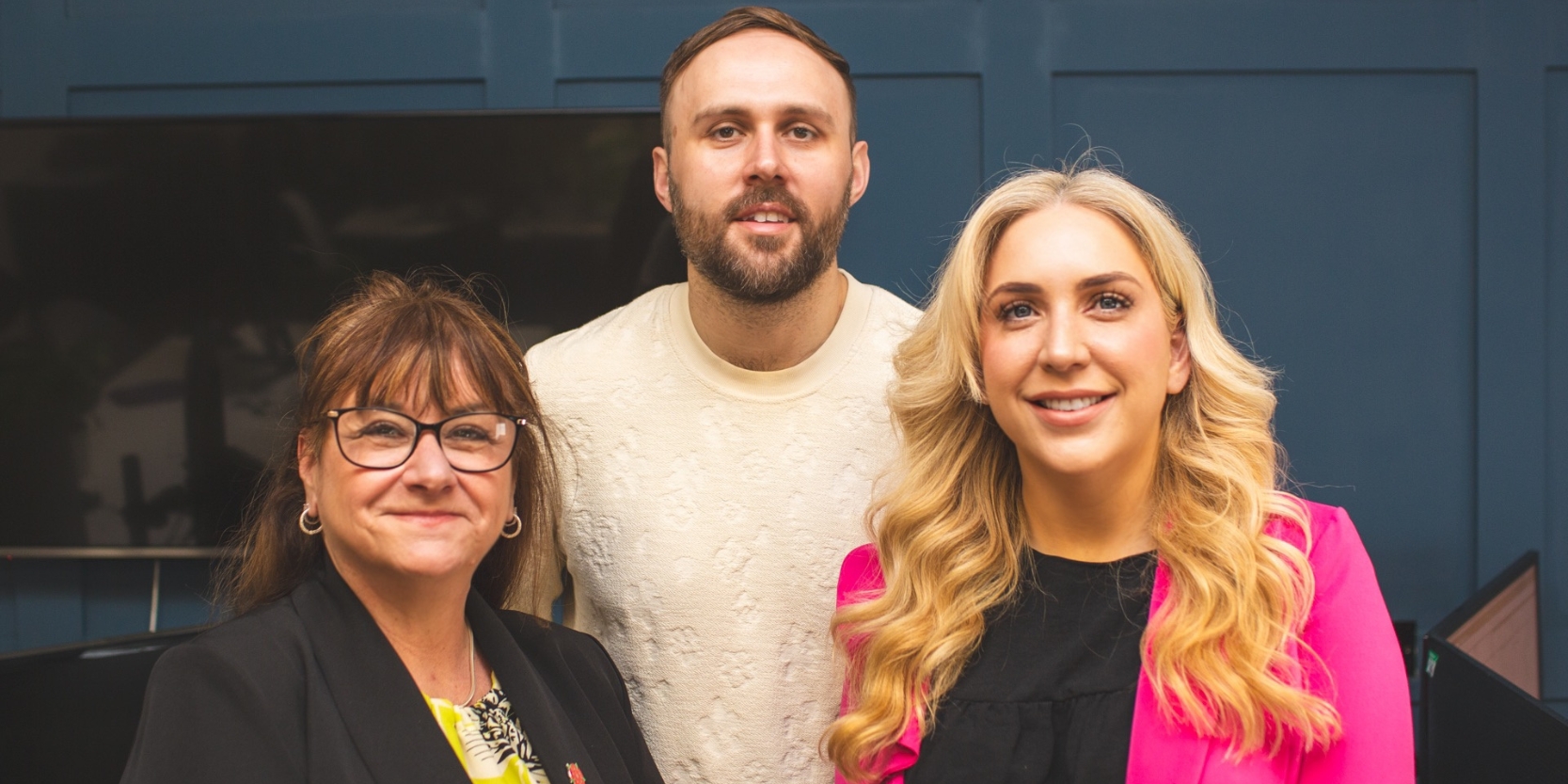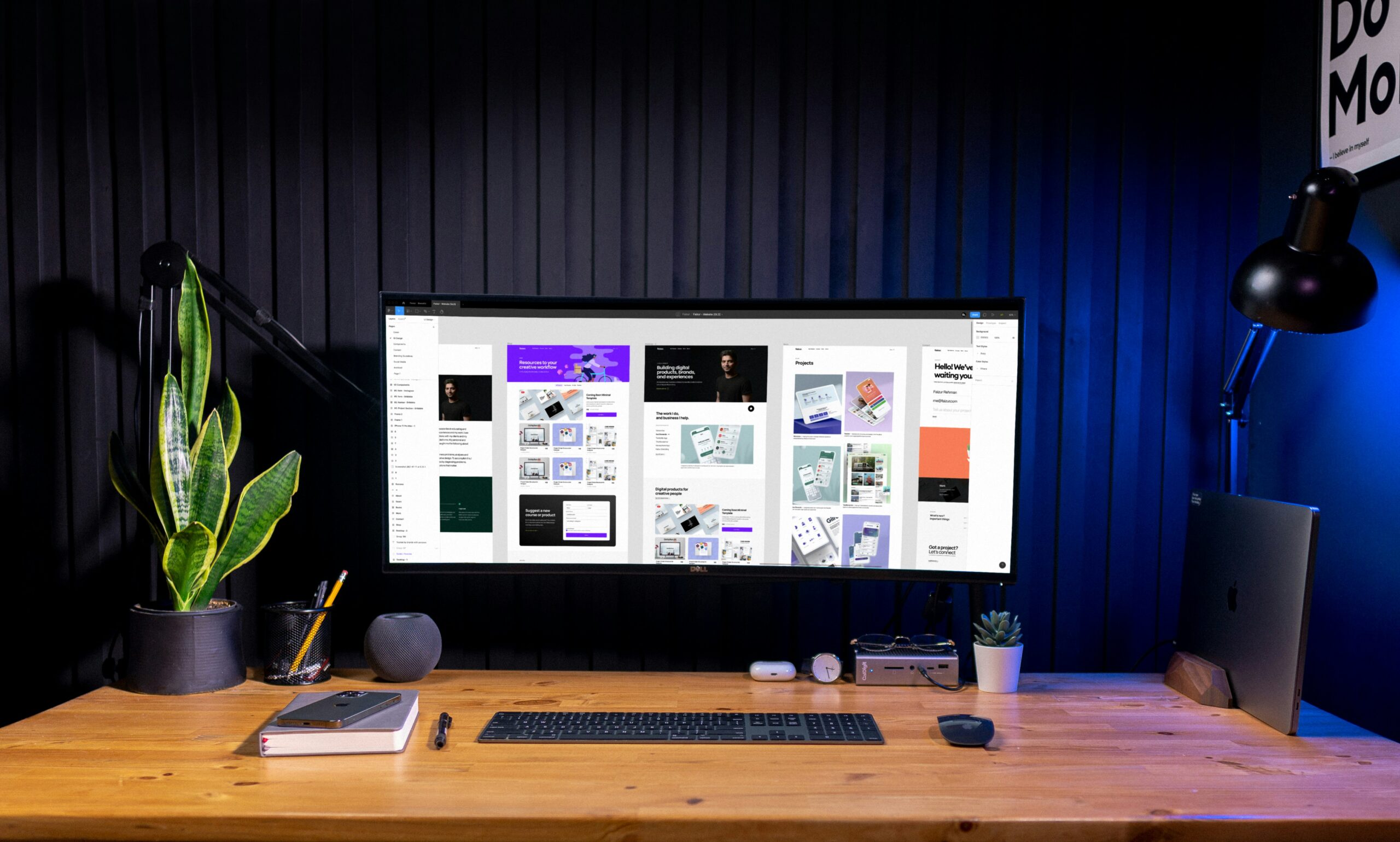In the dynamic world of business, every decision has an impact on the bottom line. When it comes to software adoption, it’s easy to view it as just another expenditure. However, the right software can be a strategic investment that propels your business forward.
In this blog, we’ll explore the art of choosing software for your business, making it not just an expense but a catalyst for growth and efficiency.
The Expenditure vs. Investment Paradox
It’s a common scenario: business leaders see software as an expense that eats into the budget without providing immediate tangible benefits. However, this viewpoint overlooks the potential returns that well-chosen software can deliver. To truly understand the difference between an expenditure and an investment, consider the following:
Define Your Needs and Goals
Investments are made with clear objectives in mind. The same approach applies when selecting software. Start by identifying pain points in your business operations. Are you struggling with communication, project management, customer engagement, or data analysis? Define what you want to achieve with the software – increased efficiency, enhanced customer satisfaction, or better decision-making.
Research Extensively
Investing time in research pays dividends. Look beyond flashy features and consider how the software aligns with your business needs. Read reviews, and seek recommendations. A well-informed decision can save you from investing in software that doesn’t fit your business like a glove.
Total Cost of Ownership (TCO)
One of the hallmarks of an investment is a consideration of its long-term impact. While some software might have a higher upfront cost, it could lead to significant savings over time. Evaluate the Total Cost of Ownership, which includes not only the initial cost but also ongoing expenses like maintenance, updates, and training.
Scalability and Future-Proofing
Investments have an eye on the future. Opt for software that can grow with your business, accommodating increased workloads and evolving requirements. Scalability ensures that your investment remains relevant as your business expands.
ROI Potential
True investments yield returns. Consider how the software can generate ROI. Will it increase efficiency, reduce manual labour, boost sales, or improve customer satisfaction? Calculate the potential savings or revenue increase to gauge the software’s value.
User Experience and Adoption
Just as an investment’s success depends on how well it’s managed, software success relies on user adoption. Choose user-friendly software that requires minimal training and offers a seamless experience. A well-adopted software solution can lead to transformative results.
Integration Capabilities
Investments complement each other. Similarly, software should seamlessly integrate with your existing tools and systems. Avoid silos of information by selecting software that can communicate effectively with other applications.
Support and Updates
Investments require nurturing, and software is no different. Opt for software providers that offer reliable customer support, regular updates, and a commitment to staying current with industry trends.
Turning Expenditure into Investment
As you embark on the software selection journey, remember that every penny spent strategically can translate into amplified profits, efficiency gains, and a competitive edge. Instead of viewing software as an expense, recognise its potential to transform your business processes and outcomes.
In the ever-evolving landscape of business, the right software isn’t just a tool – it’s an investment that can shape your future.
By meticulously assessing your needs, researching options, and considering long-term benefits, you can ensure that the software you choose becomes a catalyst for growth, productivity, and success.
Your local software development company
Code Galaxy is your local software development company; we support growing businesses across the UK. For help choosing the right software for your business to ensure you make the right investment – please get in touch.







